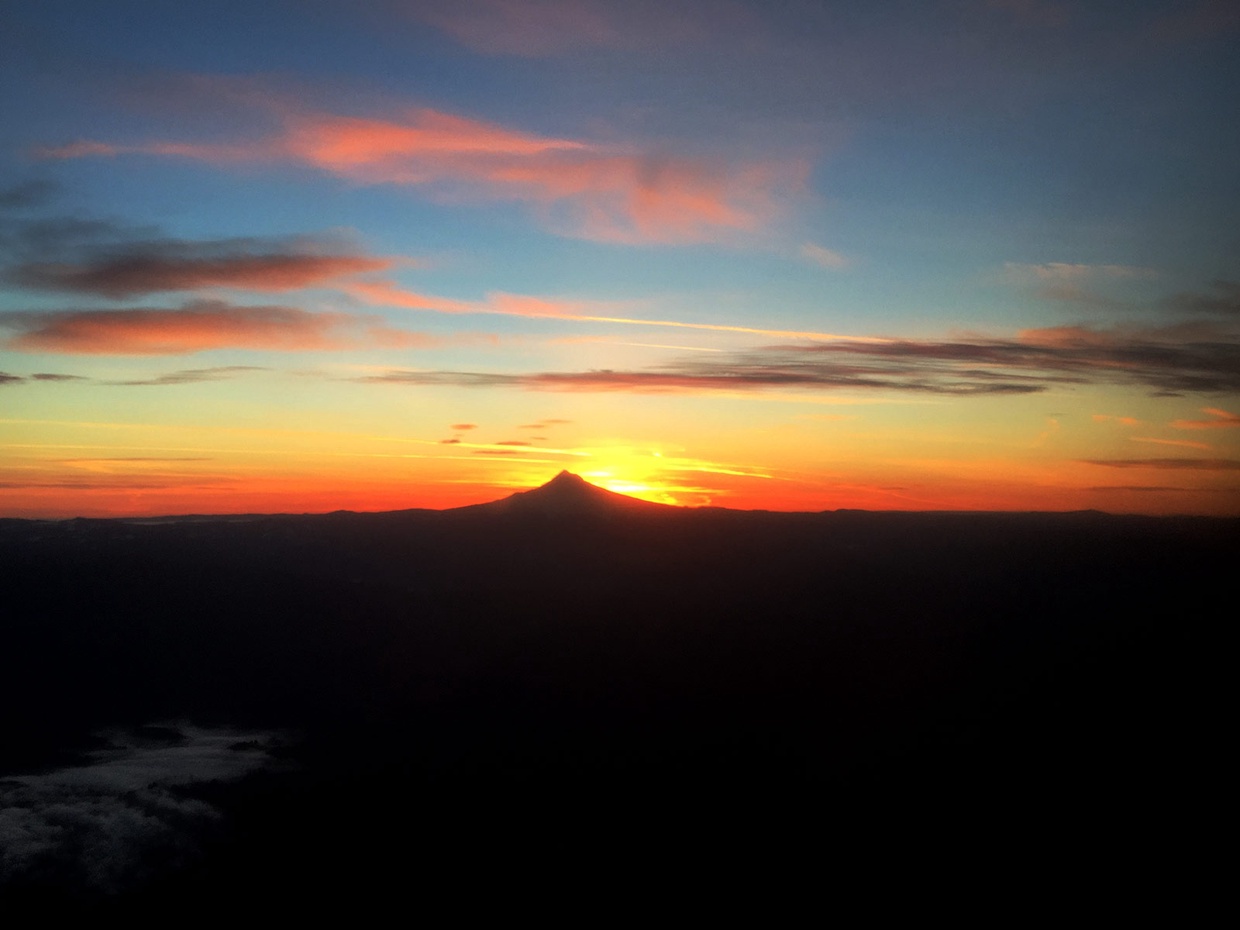A love letter to my website - DESK Magazine
We choose whether our work stays alive on the internet. As long as we keep our hosting active, our site remains online. Compare that to social media platforms that go public one day and bankrupt the next, shutting down their app and your content along with it.
But the real truth is that as long as we’re putting our work in someone else’s hands, we forfeit our ownership over it. When we create our own website, we own it – at least to the extent that the internet, beautiful in its amorphous existence, can be owned.
I love my blog. It's like Twitter, but has more warm, fuzzy vibes. And my feed isn't toxic! #IndieWeb 😍
I seriously need to make syndication work on my blog, because nobody reads me!
Now I understand why @aaronpk has so much channels in his Monocle screenshots. I'm having 8 channels right now, they're:
- Home (my IndieWeb feed)
- Friends on Silos (mostly Twitter 'cause Instagram via Granary is unstable)
- Comics (XKCD and Naver Webtoons - the last one is crashing @swentel's Indigenous)
- News (Meduza, my favorite Russian electronic newspaper)
- Podcasts (currently only myurlis.com)
- YouTube (some of my YouTube subscriptions - I migrated my pop-science channels there)
- Self (a view on my own posts, very useful for debugging!)
Channel Icons
I use emojis as icons for channel feeds to be more colorful. I like colorfulness of social media silos and I don't want my IndieWeb feeds to be less attractive than silos. Seems like I'm not the only one, since I saw other people do the same thing.
So, what does your reader feed look like?
I have solved my biggest problem since the first version of pyindieblog: webmentions were only sent from special fields, like u-in-reply-to, and not from e-content. Now my Micropub endpoint parses HTML content and sends webmentions for all URLs mentioned.
So, I'm migrating my YouTube subscriptions to Microsub, thanks to YouTube's RSS support. I think that when I make my own IndieWeb reader, I'll special-case YouTube posts by adding a YouTube embed inside of them. Or maybe by downloading the video with yt-dl and offering it as a u-video. It'll also serve as an archive... but my HDD would explode!
I’m Taking Ownership of My Tweets—zachleat.com
I fully expect my personal website to outlive Twitter and as such have decided to take full ownership of the content I’ve posted there. In true IndieWeb fashion, I’m taking ownership of my data.
https://indieweb.org/User:Boffosocko.com/wordpress-draft
https://boffosocko.com/research/indieweb/
https://alistapart.com/article/webmentions-enabling-better-communication-on-the-internet/




